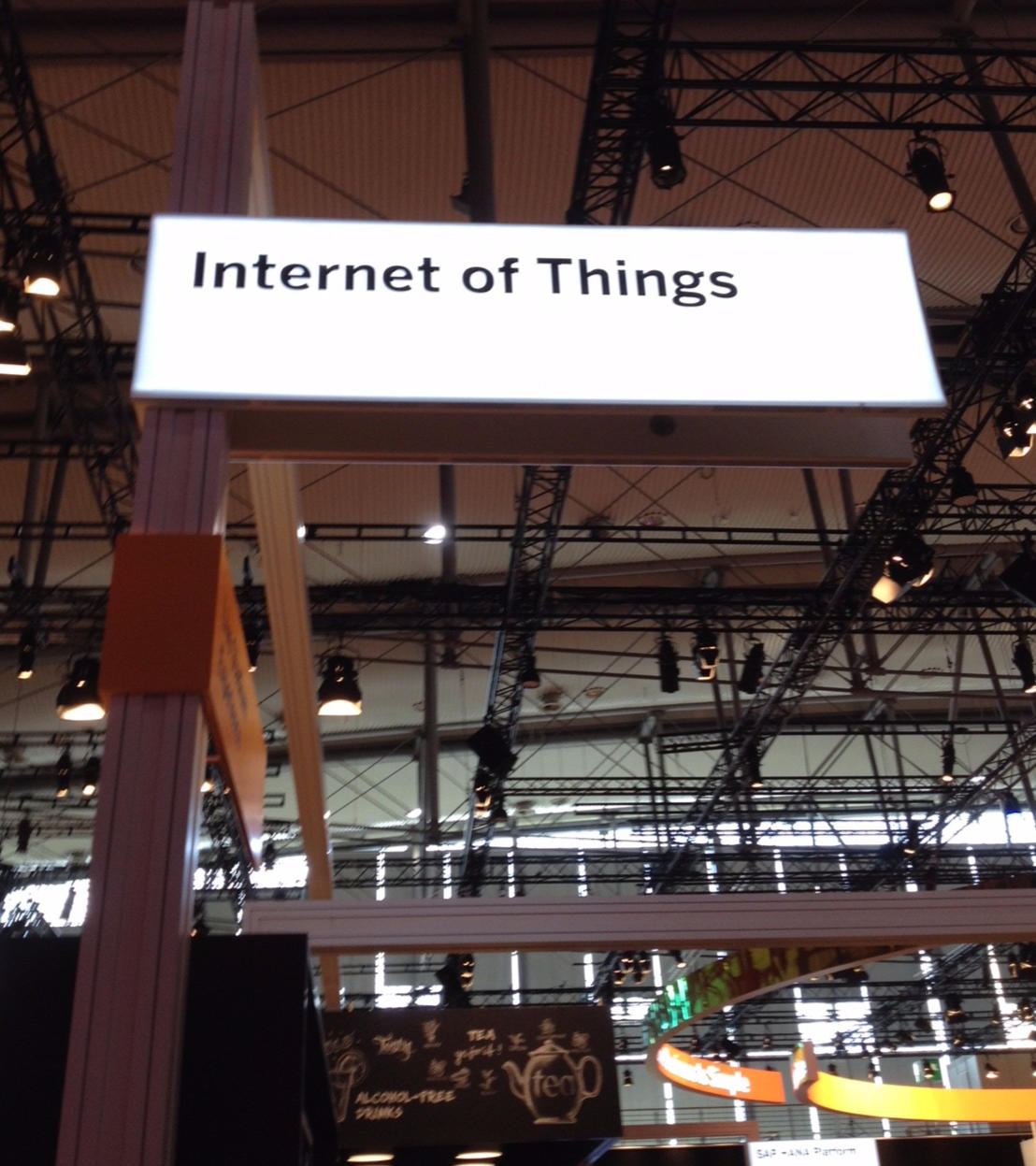source: technologynetworks.com
Much has been said about using artificial intelligence (AI) to accelerate research in diagnostics or bioinformatics; but this is only a small part of what AI can do for research.
AI is also a component of the internet of things (IoT), which consists of the collection of data by sensors, AI analytics that identifies patterns in the movement, usage, or other changes in people or objectives, the enablement of various data-driven decision-making and the automation of some tasks.
IoT has been used in hospitals to track people, supplies, and equipment so that they can improve workflow, reduce congestion and delays, monitor the condition of equipment and reduce the misplacement of devices.
Research laboratories have similar problems as hospitals. Therefore, the application of IoT is likely to increase lab productivity as well as reduce the waste of time and other resources.
Equipment tracking
Both nurses and researchers waste time looking for equipment.
For all the advancement in lab techniques and kits, lab management remains rudimentary. Researchers depend on colleagues with the longest tenure in the lab to find equipment that is stored, misplaced or secretly stashed in various locations.
With IoT, each piece of equipment can be tagged, tracked and easily located. This way, the equipment will become much more visible and much less likely to be misplaced or hidden. As a result, the overall usage of equipment will go up, reducing the waste that occurs due to equipment under-utilization.
Tracking equipment also helps researchers understand which machines are under-used and which are hard-to-access even in full availability, so that they will omit expenditure on the former and, instead, spend more money on the latter.
Queue reduction
It is also useful to track equipment that is too bulky to be mobile. For example, tracking which centrifuges are open will reduce the time people spend running around to find one or camping out beside one. This way, IoT can help every researcher find an available centrifuge and limit intra-lab bickering.
Another example is the ice machine. Tracking how much the amount of ice is available in every ice machine in a building is useful to people when the ice machine on their floor has run out.
Automation of data recording
Research has shown many mistakes occur in the manual recording of medical data, and there is much information lost as nurses hand patients off to their colleagues in the next shift.
Similarly, much information and know-how are lost as outgoing researchers transfer their reagents and lab notebooks to their colleagues. In the process, if researchers do not get everything sorted before the other person leaves the lab, they may lose a lot of institutional knowledge on how an experiment is done, where the reagents are, and what the quality and characteristics of each batch of cells or proteins are, and so on. Deciphering the other person’s handwriting on the notebook can be excruciating.
With the automation of data recording, the person taking over a project may have a clearer idea of what has been done, how it was done, and where things are.
Restocking supplies
The workflow of healthcare workers and researchers can both be hampered by supplies that have run out.
The lack of supply may disrupt an experiment and force the researcher to repeat the experiment later. Right now, technicians and lab managers shoulder much of the responsibility in tracking inventory. Checking inventory is a tedious, inefficient, and sometimes inaccurate process.
By tracking the inventory of supplies with IoT, researchers can be alerted when things are running low. Also, stock replenishment can be automated. With view-only capability, a researcher can see if neighboring labs have some extra supply from which they can borrow. In the same vein, digital records can help labs keep track of who has borrowed what from them.
Predictive maintenance
Like hospitals, research labs rely on equipment that needs regular maintenance. Servicing all the centrifuges or all the autoclaves the same way is inefficient and costly.
Some machines are more heavily used and may require more frequent maintenance, while less-used ones require less attention.
With usage analysis by IoT[RM1][XH2], researchers can identify the most frequently-used equipment and schedule more frequent services for them proactively, so that they are less likely to break down unexpectedly.
IoT can also help identify equipment that is on the way out. Take the case of freezers or cell culture incubators. Conventional monitoring relies largely on luck; somebody noticing something is wrong by chance. If nobody has noticed, then researchers will not be alerted until a breakdown has occurred.
With IoT, temperature sensors in a freezer or a cell incubator will collect data continuously, and analytics can illustrate the overall data trend. This way, researchers will know which machine is nearing a breakdown and schedule a repair preemptively.
Moving forward
Other applications of IoT in the lab may include using it to analyze the traffic flow in the lab so that researchers can move equipment around to increase usage or reduce congestion. Overall, many successful applications of IoT in the hospital setting can be repurposed to the laboratory to increase its productivity and efficiency.


